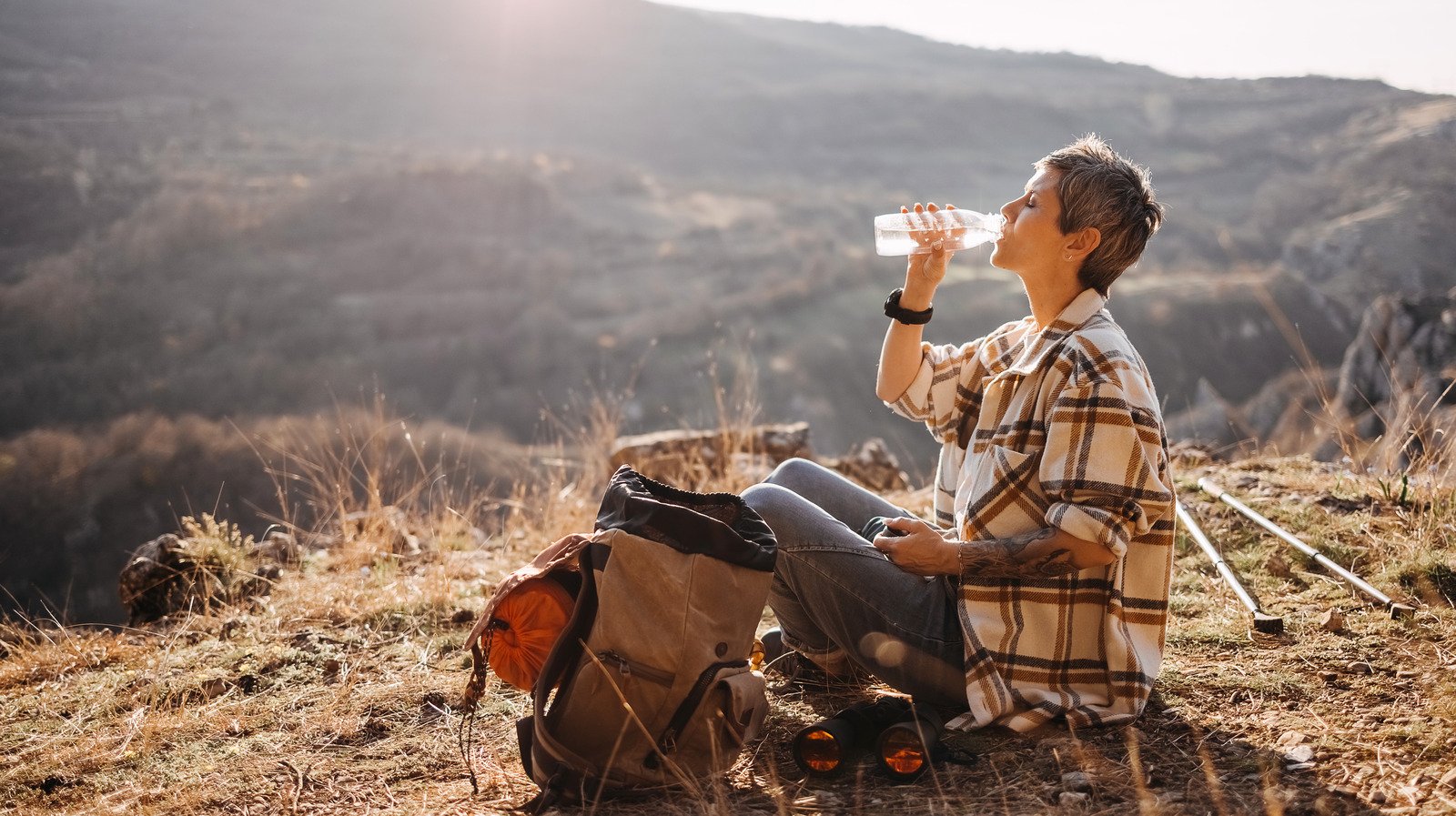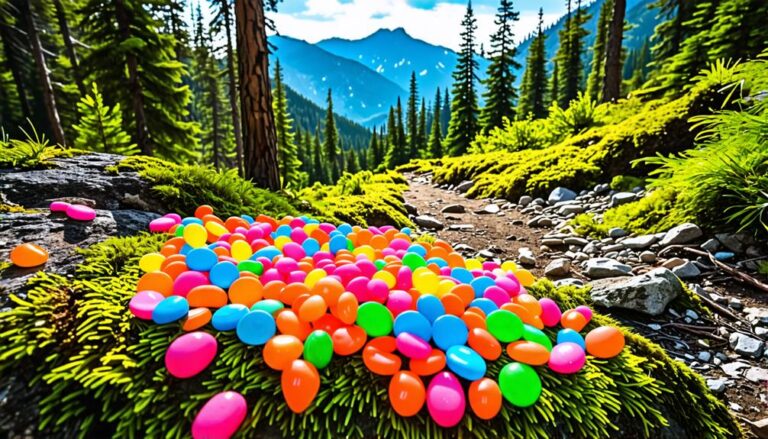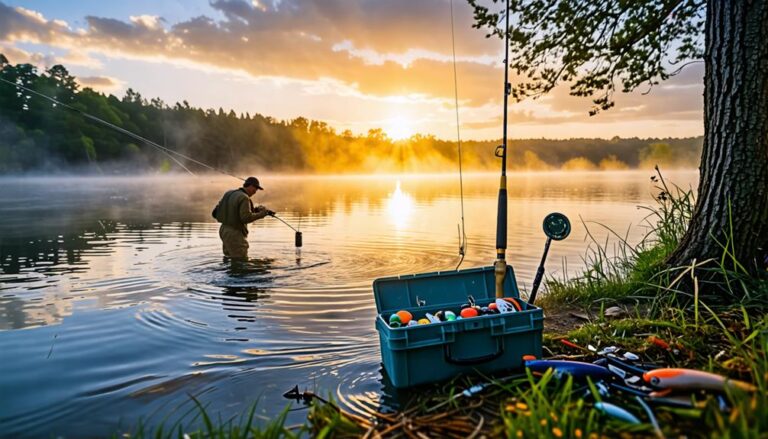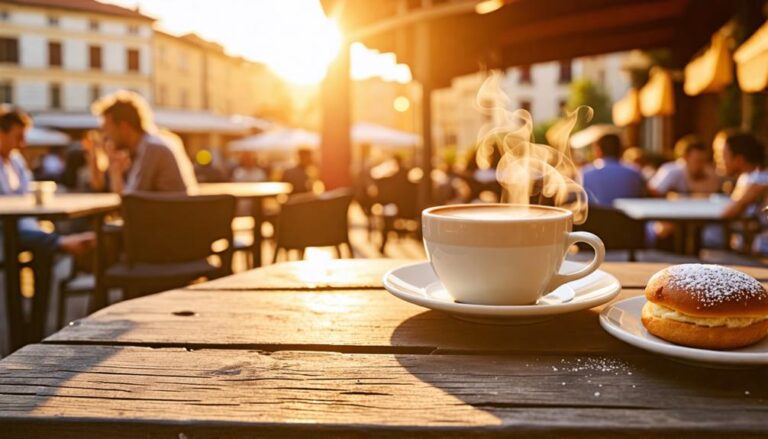The Essential Guide to Purifying Water in the Wild
Exploring the great outdoors is one of life’s most fulfilling adventures. Whether trekking through lush forests or traversing rugged mountains, being in nature brings immense joy and tranquility. However, amidst the excitement of hiking or camping, the urgency of securing clean drinking water can often overshadow the thrill. Knowing how to purify water can provide peace of mind during your outdoor escapades. One tried-and-true method, simple yet highly effective, is boiling.
Why Boiling Water is Effective
When venturing into the wild, it’s vital to understand that water sources can harbor microscopic organisms like parasites, bacteria, and viruses. These unseen entities can cause illnesses ranging from dysentery to potentially life-threatening conditions. Boiling water emerges as one of the most reliable methods for making water safe to drink. By heating water to a rolling boil, you disrupt the cellular structure of harmful organisms, effectively neutralizing any biological threats.
That said, the time you need to boil water can vary based on elevation. At lower altitudes—under 6,500 feet—a vigorous one-minute boil will suffice. For those who find themselves at higher elevations, increasing the boiling time to three minutes is recommended to maintain safety. This extra precaution addresses the fact that water boils at lower temperatures in thinner air, ensuring your hydration is secured even when the air gets rarer.
Exploring Other Purification Methods
While boiling is an excellent first line of defense, various other options exist that cater to different needs and conditions. One popular alternative is the use of chemical treatment tablets, commonly found among backpackers. These lightweight tablets, usually containing chlorine or iodine, can detoxify water relatively quickly. However, using the proper dosage is crucial to avoid ingesting harmful levels of these chemicals. Some tablets may effectively tackle giardia but may not eliminate all parasites, making it vital to understand what threats are present in your chosen area.
Filters offer another layer of protection. Designed to physically trap contaminants, effective filters often have a pore size of one micron or less. It’s important to remember that, unlike boiling, filters do not eliminate organisms, so they require regular maintenance such as backwashing or cartridge replacements. There are two primary filter types: pump filters and gravity filters. Pump filters require manual effort to push water through, while gravity filters can fill bag reservoirs with minimal effort—ideal for groups.
Lastly, if you’re seeking comprehensive protection, purifiers are the way to go. These clever devices utilize advanced technologies, including ultraviolet (UV) light and specialized chemicals, to eliminate a broad spectrum of microorganisms, including viruses, bacteria, and parasites. While they can be a bit heavier and pricier than other methods, their thoroughness makes them a solid choice, especially in areas with a high risk of viral illnesses or for travelers with weakened immune systems. Keep in mind, though, that when using UV purifiers, cloudy water may require multiple treatments to ensure clarity and safety.
Preparing for Water Purification
Understanding local resources before heading out is also essential. Engaging with park rangers or seasoned hikers can provide vital insights into water quality in specific regions. Their expertise can point you toward safe sources and help you decide whether boiling will be sufficient or if additional purification methods should be employed.
When preparing for a trip, always consider packing a combination of purification methods. By having a reliable water filter and a supply of treatment tablets along with your boiling pot, you can adapt to varying circumstances encountered on the trail, ensuring safe hydration no matter the situation.
Final Thoughts
Being equipped with the knowledge of how to purify water while enjoying nature is key to a worry-free experience. Boiling, filtering, and treating with chemicals each play a significant role in protecting your health during outdoor adventures. The wilderness offers countless opportunities for exploration, and knowing you can safely hydrate allows you to fully immerse yourself in those experiences. Remember, every hike, camping trip, or backpacking journey is about making memories, one sip at a time. Stay informed, stay prepared, and drink to your next adventure!




